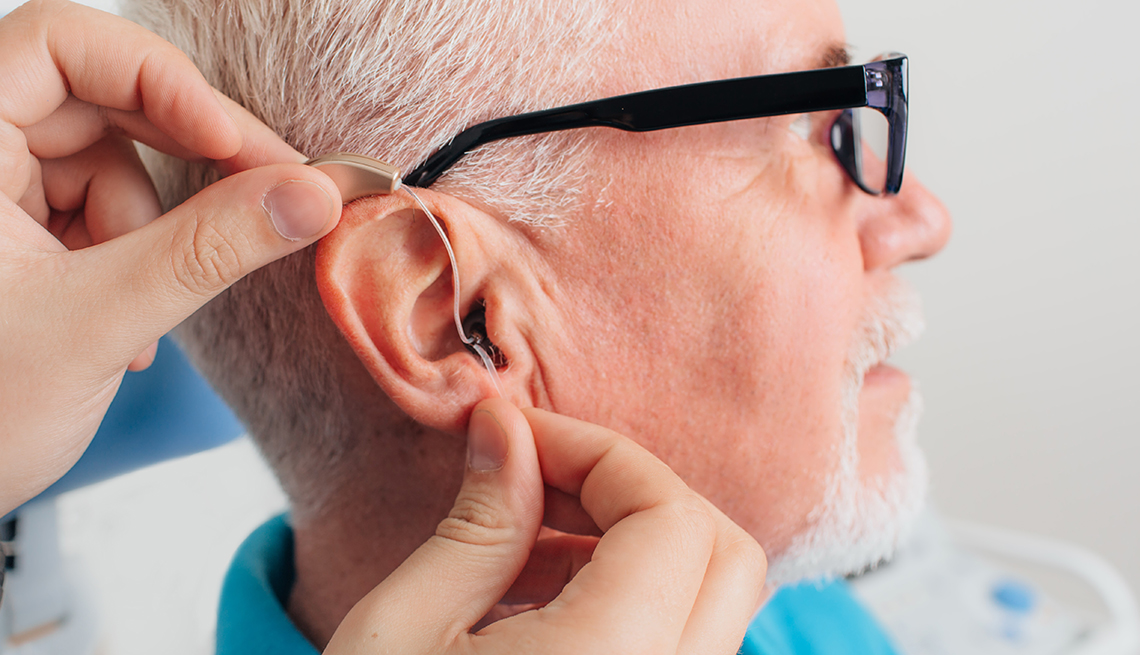In a world brimming with the symphony of life, hearing aids act as a bridge, reconnecting individuals with the melodies they cherish. Whether it’s the laughter of loved ones, the rustling of leaves on a crisp autumn day, or the soft notes of a favorite song, hearing aids bring clarity to the auditory experience for those with hearing loss. However, choosing the right hearing aid involves careful consideration and understanding of one’s needs, preferences, and lifestyle فروش سمعک در تهران. Let’s embark on a journey through the world of hearing aids, exploring the key factors to consider when making this important decision.
Understanding Your Hearing Needs
The first step in purchasing a hearing aid is to understand your own hearing profile. Hearing loss can vary significantly from person to person, ranging from mild to profound, and may affect different frequencies of sound. A comprehensive hearing test conducted by an audiologist can provide valuable insights into the specific nature and extent of your hearing loss. Armed with this information, you can work together with your audiologist to determine the most suitable type and features of hearing aids for your individual needs.
Types of Hearing Aids
Hearing aids come in various types, each designed to address different degrees and types of hearing loss:
- Behind-the-Ear (BTE): This type of hearing aid rests comfortably behind the ear and is connected to a custom earpiece that fits inside the ear canal. BTE aids are known for their durability and ability to accommodate a wide range of hearing loss.
- In-the-Ear (ITE): ITE hearing aids are custom-made to fit entirely within the outer ear. They are less visible than BTE aids and offer features suitable for mild to severe hearing loss.
- In-the-Canal (ITC) and Completely-in-the-Canal (CIC): These hearing aids are smaller and fit partially or entirely within the ear canal, making them less visible and more discreet. They are suitable for mild to moderate hearing loss.
- Receiver-in-Canal (RIC) or Receiver-in-the-Ear (RITE): Similar to BTE aids, RIC/RITE models keep the receiver in the ear canal and the main body behind the ear, providing clearer sound and improved comfort.
Choosing the right type of hearing aid depends on factors such as the degree of hearing loss, aesthetic preferences, and lifestyle considerations.
Features and Technology
Modern hearing aids are equipped with advanced features designed to enhance the auditory experience:
- Noise Reduction: Filters out background noise to improve speech clarity.
- Directional Microphones: Focus on sounds in front while reducing sounds from other directions.
- Telecoil (T-Coil): Allows for clearer hearing during phone calls and in environments with hearing loop systems.
- Wireless Connectivity: Enables connectivity with smartphones and other devices for streaming audio directly to the hearing aids.
When selecting a hearing aid, consider which features will best suit your daily activities and communication needs.
Considerations Beyond the Device
Beyond the hearing aid itself, there are other factors to consider:
- Cost and Insurance Coverage: Hearing aids vary widely in price, and insurance coverage may assist with the cost. Researching financial options and coverage before purchasing can help manage expenses.
- Trial Period and Warranty: Many providers offer a trial period during which you can test the hearing aid in different environments. Additionally, understanding the warranty terms ensures peace of mind regarding repairs and replacements.
- Maintenance and Care: Proper maintenance and regular cleaning are essential for the longevity and optimal performance of hearing aids. Familiarize yourself with maintenance routines recommended by the manufacturer or your audiologist.
The Human Touch: Seeking Professional Guidance
Choosing a hearing aid is not merely a transaction but a journey guided by professional expertise. Audiologists play a crucial role in assessing your hearing needs, recommending suitable devices, and providing ongoing support and adjustments. Establishing a collaborative relationship with an audiologist ensures that your journey to better hearing is supported by knowledgeable guidance every step of the way.
